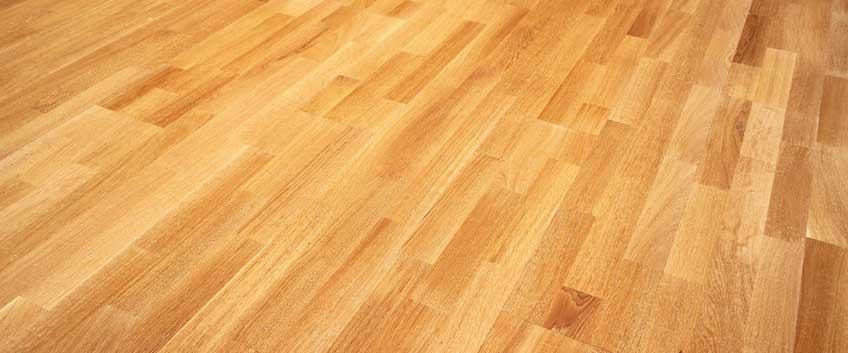
If you are a reader of our blog, or you are interested in wood flooring in general, then you already know that hardwood floors are grouped into four groups – prime, select, natural and rustic. Every group is formed depending on the appearance and number of knots, swirls and natural patterns and also the number of sap. Since prime grade has the last number of knots and patterns and the most uniform and even look, prime is considered to be the highest quality of all the four groups, followed by select, natural and rustic in the last place.
The wood’s grade has almost nothing to do with the quality of the flooring materials, but mainly with the way the materials look and how they compose the whole structure. However, many people still believe that prime and select grades are the best they can buy for their money. Many people are real fans of prime and select grades because of the cleaner and simpler look that is perfect for making any room look spacious and for the simple look that suits any style. Today we are going to discuss the main differences between prime and select grade and which one to choose when you are planning to purchase a new wooden floor.
Prime grade
This grade is square-edged and made from the finest wood (or at least topped with it in the case of engineered wood). Prime grade has a minimal amount of sapwood, filler and knots indifference with the rustic grade, which is very genuine and unique-looking. The prime grade is way more expensive than the other grades available, but not because of the higher quality, so if you are looking for quality, solidness and strength only, be sure to have a look at what others are available on the market.
Select grade
Select grade is a mix of almost prime boards with a few planks having a bit more knots and a natural pattern. Purchasing this wood flooring grade you can be sure that you will get materials only with an insignificant amount of knots and slight colour variations.
When it comes to quality when selecting between prime grade and select grade, you do not have to quality into account, because the grade of the wood is not defined for the quality, solidness and long-lasting power.
When it comes to the price, if you are on a tighter budget, be sure to have a look at the select grade, since the difference in look is not that big, however, the difference between pricing is significant.
When it comes to the look, this is the major factor you have to consider when choosing between the grades and appearance determines your final decision. For those of you who are fans of the strictly uniform, even and smooth look, the prime grade is probably the best solution. If you are a fan of the smooth look but still want a bit of character and uniqueness, the select grade is great!